
How do you choose your sunscreen for the summer? Do you try new things constantly? Stick with what your mom or dad slathered on you as a child? Did you do a lot of research before settling on a favorite?
Last year, Aron and I embarked on an epic search, ordering about 20 different brands based in part on the EWG scores—we were looking for a mineral-based sunscreen to use routinely on our kids. We wanted to avoid aerosol sprays entirely, and find something affordable enough that we’d use it liberally. I wanted something that rubbed in easily (no ghosts, please), and would hold up in the water (at least for a while).
But I was dismayed when I read an article in Consumer Reports this year reporting that “of the 62 lotions, sprays, sticks, and lip balms,” they rated this year, “23 tested at less than half their labeled SPF number.”
They went on to say, “In our tests over the years, so-called ‘natural’ or mineral sunscreens—those that contain only titanium dioxide, zinc oxide or both as active ingredients—have tended to perform less well than those that have chemical active ingredients, such as avobenzone. None of the mineral sunscreens in our tests this year did well enough to make our list of recommendations.”
Well. Sh*t. [Throws hands up in exasperation.]
Clearly the best defense, if you’re concerned about chemical active ingredients, is to wear rash guards (required for our kids), hats, and sunglasses, and to avoid the sun when it’s at its peak, between 10am and 4pm.
When those precautions can’t be taken, the conclusion that I’ve reached (for what it’s worth), is that any sunscreen is better than none. As the article noted, “Skin cancer is the most common cancer in the U.S., and the benefits of sunscreens outweigh potential risks from their ingredients.”
Here are some more use tips shared by the dermatologists behind the study for making yours work for you:
Shake it. Distributing the active ingredients throughout the sunscreen may help you get the SPF promised.
Use enough. “Apply sunscreen 15 to 30 minutes before you go outside. For lotions, a good rule of thumb is a teaspoon per body part or area: 1 teaspoon for your face, head, and neck; 1 for each arm; 1 for each leg; 1 for your chest and abdomen; and 1 for your back and the back of your neck. For sprays, apply as much as can be rubbed in, then repeat. Regardless of which kind you use, reapply every 2 hours and after swimming or sweating.”
Choose a sunscreen with an SPF of at least 40, as it might mean you’ll get closer to SPF 30—”It reported that non-mineral sunscreens had, on average, 86 percent of the labeled SPF value, and the SPF for mineral sunscreens was on average 64 percent of the labeled value.”
With that, here are my winners for this summer:
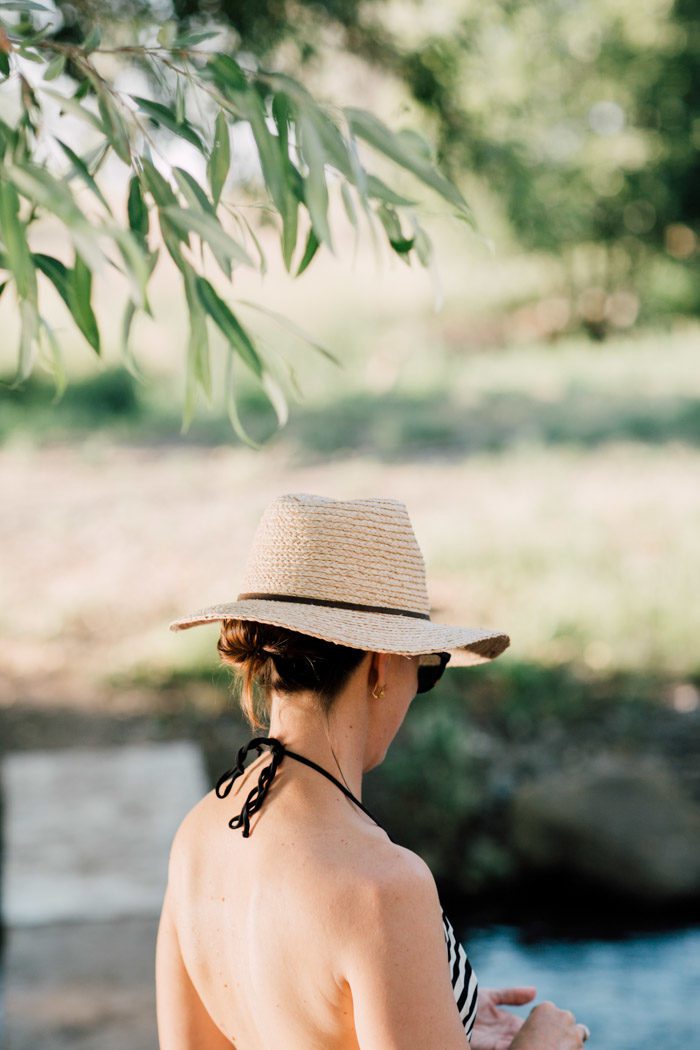
Daily Face Lotion for me
My current favorite is La Roche Posay Anthelios SPF 60 Sunscreen Milk. It scored 100 on the Consumer Reports Study, and it’s creamy without being greasy. I actually think my skin looks better after I’ve used it. My only complaint? It’s over $7/ounce, so it’s not something I pack for the beach (or share with everyone).
Runners up, and past favorites for daily face options remain the SuperGoop City Serum and Aesop’s Sage & Zinc Hydrating Cream (the only zinc-based sunscreen I’ve ever used that blends in perfectly). But I do like the higher SPF and the #1-ranking of La Roche Posay—and that I can get it easily at Target.
I also still carry Colorscience’s brush-on sunscreen for layering over makeup or for when my skin looks shiny: it’s a broad-spectrum powder with micronized zinc oxide and titanium dioxide, SPF 50. I bought it from a dermatologist’s office and scoffed at the price tag, but I do love it.
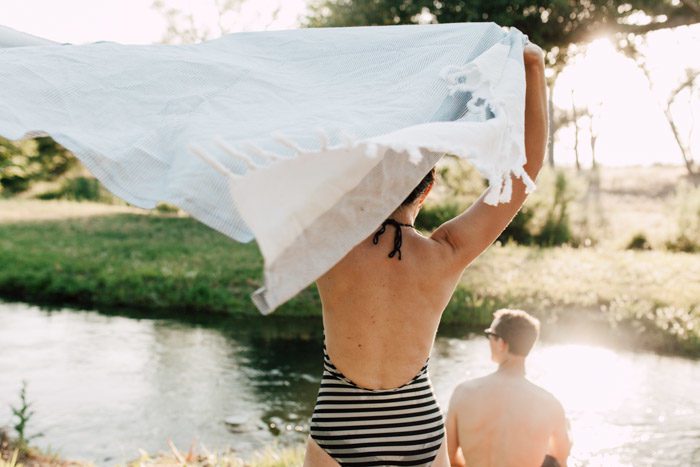
For the beach or the Pool
Cost per ounce matters more, in these cases.
For faces (or bodies): Neutrogena Ultra Sheer Dry Touch Sunblock SPF 45 (Noncomedogenic, with Helioplex technology, at a good price.)
For bodies: Aveeno or Aveeno Baby (Both do well with both Consumer Reports and EWG—the Baby does better with the latter, and the Hydrate does better with the former.) Also approved by both entities? California Kids and Badger. We’ve liked Badger in the past because it eventually does rub in with effort, and it costs less than California Kids.
Otherwise, we love Babyganics SPF 50 spray lotions. They’re not aerosolized, so I either put it directly in my hand or add a few squirts to the kids legs or arms and then rub in. It’s extra important to shake it often, though.
And if I don’t want a trace of white, I use Neutrogena Beach Defense Water + Sun Protection Sunscreen SPF 70 (Can’t be our family pick, however, because the slightly sweet aroma is too much for Aron.)
Consumer Reports liked the Equate brand from Walmart (giving them the #2 and #4 rankings on their list), but if you’re opposed to shopping there, they also really liked Coppertone WaterBabies Lotion SPF 50, $12 (ranked #5).
For the kid’s faces in the pool, I often use a stick. They look pretty ghostly with it on, but I need something that will stay put. Their bodies get covered in a rash guard that boasts at least SPF 50 coverage. (My favorites are from Tea and Mini Boden.) The Coppertone Kids Stick SPF 50 did well on both the Consumer Reports Study and the EWG list. I even put a little on Skyler’s part line.
What are yours?
[Photos by Susan Yee for Hither & Thither]


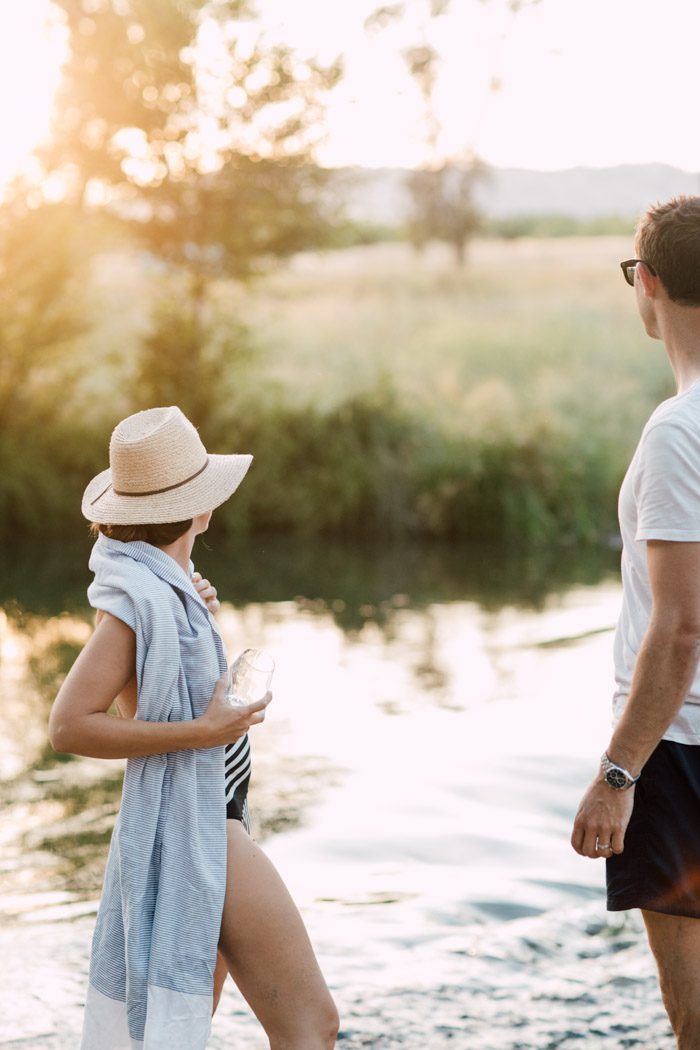
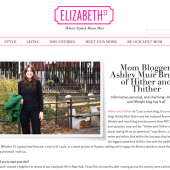







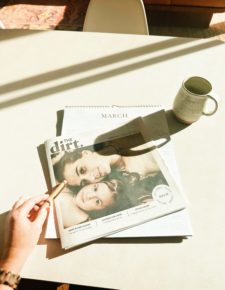
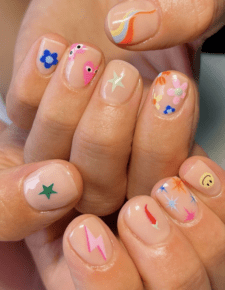




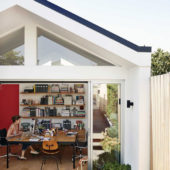


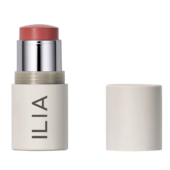
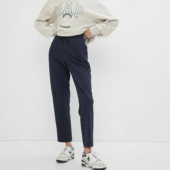

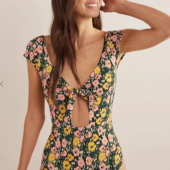

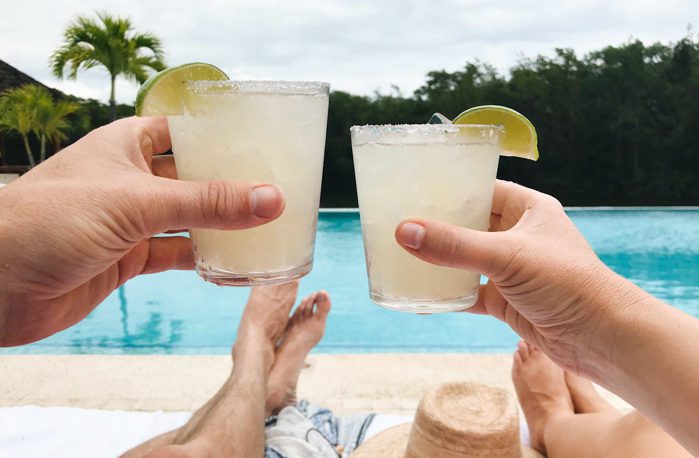



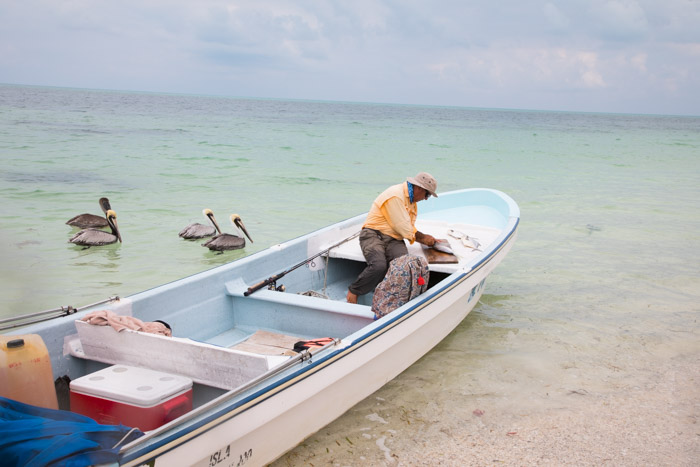
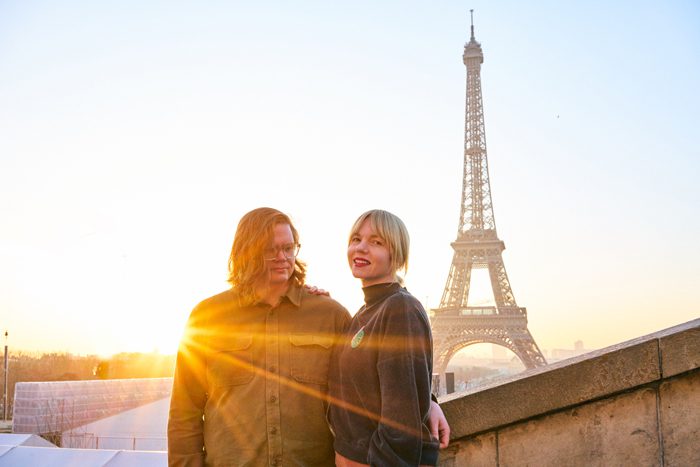

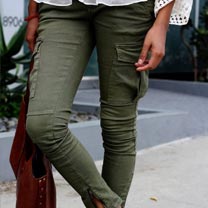

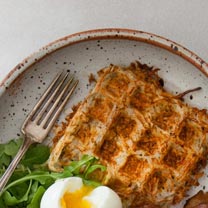
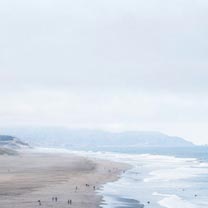


29 Comments